Wireless sports headphones: overview of types and rating of the best
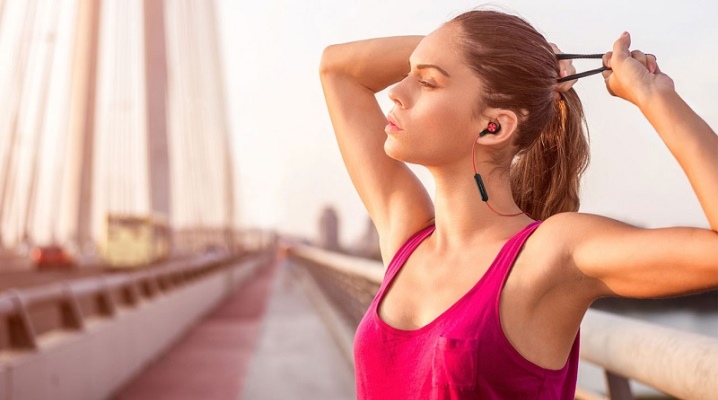
In recent years, wireless headphones have become widespread. They are especially popular with athletes. In this review, we will introduce you to the most popular types of such headphones and give recommendations on choosing the optimal model.

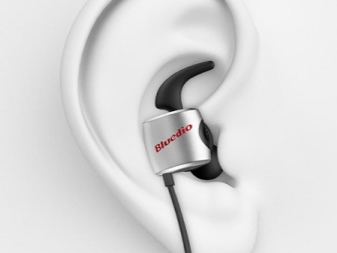
Peculiarities
The main parameter that distinguishes sports training headphones is their low weight. This is understandable, because the less the product weighs, the less it will lag behind the movements of the student.
It is rather difficult to list all the parameters that characterize wireless products for physical education and sports. Even manufacturers cannot provide maximum coverage in order to offer users the perfect training solution.
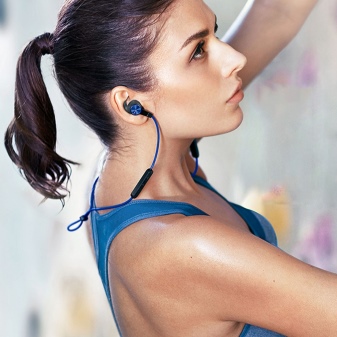
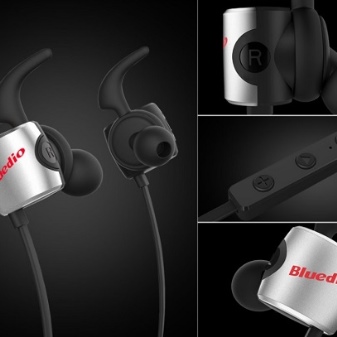
For example, sports headphones can be:
- lungs, in which the ear cushion is located inside the auricle;
- with an occipital arch made of reflective plastic - these headphones allow you to carry out safe night jogging in areas where vehicles can move;
- having increased moisture resistance;
- equipped with a microphone and other headset for mobile phone calls;
- capable of reading audio recordings from a memory card;
- with the option to control the player;
- capable of broadcasting in the FM band;
- equipped with light music or other means of individualization.
Such a large selection leads to a particularly careful approach to the choice of headphones in accordance with the nature of training and the usual exercise regimen.
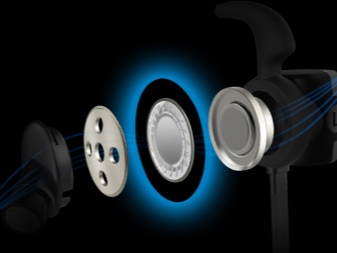
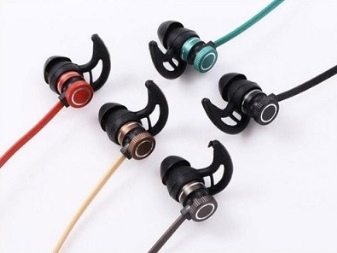
Species overview
A huge assortment assumes a large number of different types of headphones.
By communication method
A distinction is made between products depending on how the audio file is played.
Infrared port
In this design, the audio signal is transmitted through the infrared port, the operation of the headphones in this case is somewhat reminiscent of a TV remote control. The transmitting device uses the principle of high-frequency clamping to send the signal to headphones, where it is decoded and amplified many times over.
Please note that the distance from the sound source to the headphones should be minimal and not exceed 10 meters. In addition, it is important that no obstacles stand in the way of the signal, otherwise it simply will not reach the addressee.
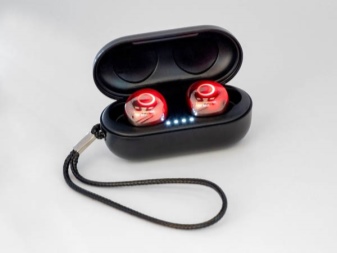

Radio waves
In such wireless headphones, the audio signal is transmitted using FM radio waves operating in the frequency range of 863-865 MHz, a little less often frequencies of 433-435 MHz are taken. In headphones of this type, the signal moves in a circle with a radius of 10-150 m, the more accurate distance depends on the structural complexity of the model. The presence of obstacles and obstacles on the way is allowed, but not reinforced concrete.
In all of the above methods, the signal is greatly distorted during transmission, so there can be no talk of any full-fledged listening to audio compositions.
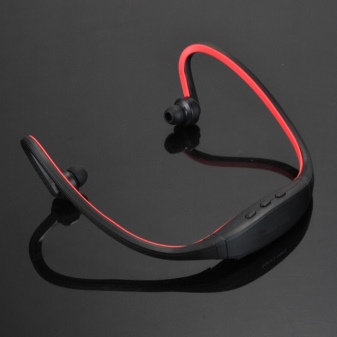
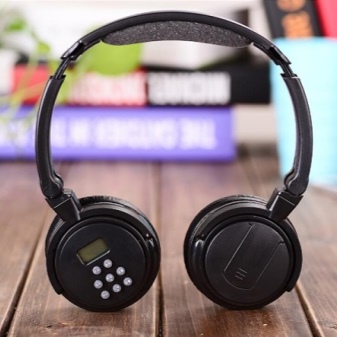
Bluetooth
The principle of operation of such headphones is based on the use of Bluetooth. No transmission is required here, but both communicating devices must support Bluetooth technology. A small distance between them is allowed within 20 m, if the sound source and headphones are located through the wall - this distance is reduced. However, the development of technology does not stand still, so now models are being tested, allowing them to move away from the sound source by 100 m.Bluetooth transmission is a private method: to start the first broadcast, both the headphones and the smartphone must exchange their ID numbers. In the future, the connection will be performed automatically in just a few seconds.
It is noteworthy that the sound quality when using Bluetooth technology remains almost unchanged. This is due to special codecs that compress the signal during transmission and allow it to be encoded at the receiver. Thus, Bluetooth headphones are quite successful competition for wired counterparts. Most modern models have aptX codec installed. For the most picky music lovers, it is better to choose the LDAC and aptX HD codecs - this software is developed specifically for Bluetooth models, which are in no way inferior to wired headphones in terms of sound quality.

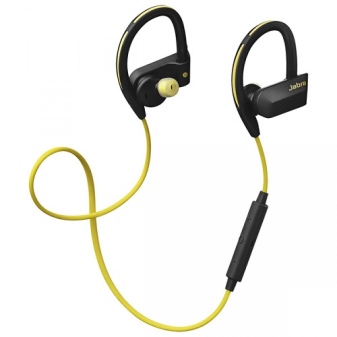
By construction type
From a design point of view, wireless headphones can be implemented in several technical solutions. Headphones with a bow - it can be located on the back of the head or pass over the head. Such a device ensures the reliability of fixing both the entire product as a whole, and directly the ear blocks. Nevertheless, the management of such a gadget can be significantly complicated. In particular, many models of the JBL brand have adjustment buttons in the neck or back of the head - it is very inconvenient to press them. In addition, the bow design is often heavy and can be uncomfortable to use during mobility-related activities.
Models without wires - consists of two separate parts that are inserted into the auricles. This option is optimal for fitness activities - the headphones do not impede movement in any way, while being extremely low in weight. With the correct selection of the parameters of the ear cushions, they provide high sound quality. The main disadvantages of such models are the complexity of control and reduced autonomy.
In addition, wireless headphones make exceptional demands on the quality of mobile communication, and if the earphone falls out while driving, it will be quite difficult to find it.
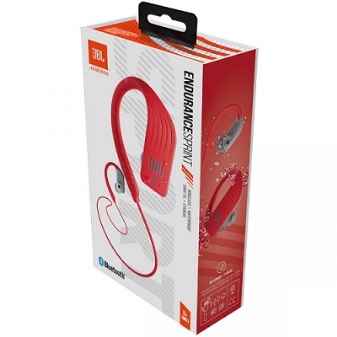
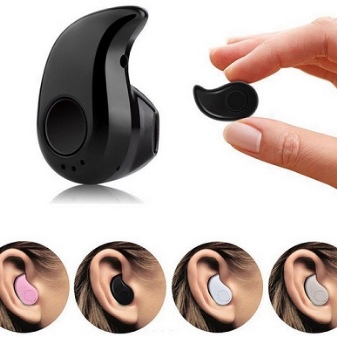
The most common option is wireless headphones with a separate control unit. They are quite convenient - the modules placed in the ear have a vacuum design, are compact and firmly fixed. These products weigh very little, so the risk of skin irritation and slipping of the device is extremely low.
Modern manufacturers offer a wide variety of combined solutions for those athletes who could not find the best option for themselves. For example, some Sony headphones have an additional headband, and unlike the traditional semicircular format, this device provides for a small support both on the back of the head and on the front of the neck for maximum athlete comfort. Only one thing can be said unequivocally. Analyzing the market of the proposed models of wireless headphones for sports training, we can say that each person can choose a model that will 100% meet all his personal requests and needs.
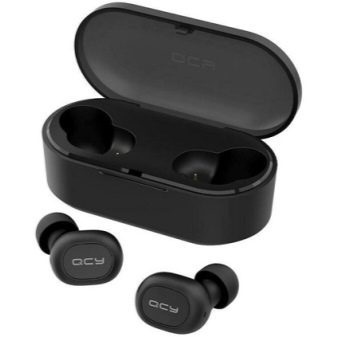
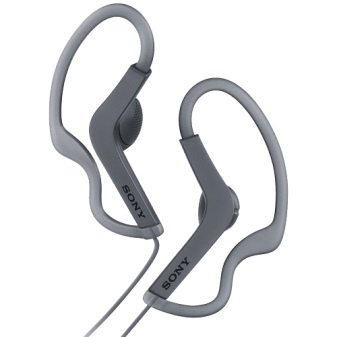
Rating of the best models
From all the variety of models presented, we have prepared for you a description of the best ones, from the point of view of users and experts.
Samsung EO-BG950 U Flex
One of the most ergonomic models in the wireless category. A feature of its design is a semicircular bow, placed on the neck - it houses the battery and all the necessary electronics. Thanks to this structure, it was possible to minimize the risk of a sharp fall of the model during physical education.
These are compact headphones weighing only 51g. They provide high quality sound, fit well in the ear, have a microphone and all the necessary headset. Autonomy of work is about 10-11 hours of continuous playback of audio recordings, works in A2DP, AVRCP, and Hands free modes.Among the shortcomings, we can note the lack of a neck fixation, a weak data transfer protocol, which pretty quickly drains the battery of a smartphone, as well as an increased cost.
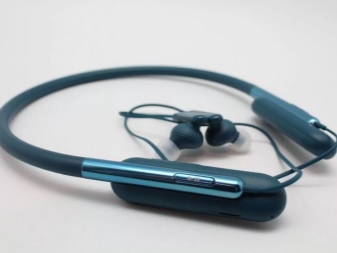

Huawei AM61
Comfortable and ergonomic vacuum-grade headphones. The device is very lightweight, it works on the basis of modern signal transmission protocols. The distinguishing features of this product include the presence of electronic circuits located in two modules under each ear. The wire length is adjusted immediately. Thanks to this design feature, the headphones do not move or fall out during jogging and other workouts with increased mobility.
The weight is only 19.7 g, the sound is in the frequency range of 20-20000 Hz. The sensitivity parameter is 86 dB with an impedance of 32 ohms. Provides Bluetooth connection. It has a moisture protection option, gives high sound quality, battery life is 8 hours. Disadvantages include annoying blinking of the indication LED, as well as poor isolation from ambient background noise.
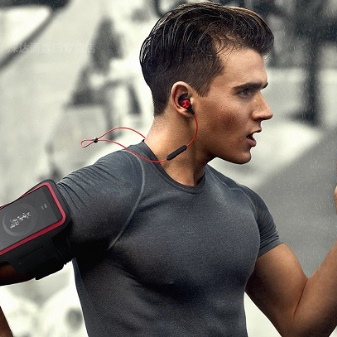
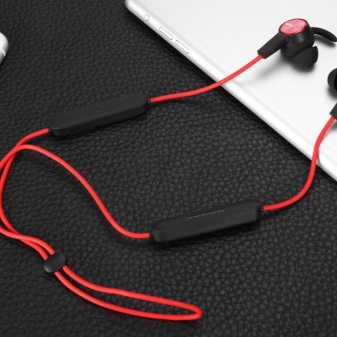
Koss sporta pro
Quite lightweight and comfortable model, the ear cushions of which assume absolute coverage of the auricle. These headphones have won the most positive reviews from consumers. However, they can only be used in a gym or for exercising outside in the warm season - they do not work at low temperatures.
The frequency range is 15-25 thousand Hz, the sensitivity is 103 dB, the distortion is 0.2%, the resistance is 60 Ohm. Foldable design weighing 62 g. Provides high sound quality. Of the shortcomings, pressure on the auricles and an excessive number of nodes are noted.

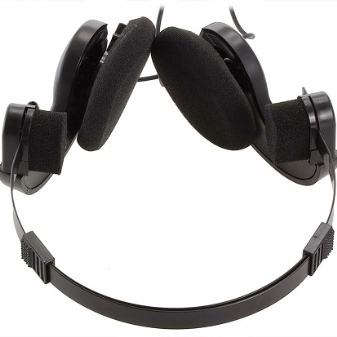
Bluedio TE
Wireless model weighing 60 g. These headphones belong to the vacuum category, they provide a double method of fastening (in the sink and in the ear canal), which almost completely eliminates the risk of them falling out and slipping out. The set includes a neck cord, a case and a pair of spare ear pads in different sizes.
The frequency range is 20-20000Hz, supports A2DP, AVRCP, as well as Hands free and Headset. On a single charge it works up to 3-4 hours, it is allowed to use it as a telephone headset. The sound quality is exceptionally high.
Please note that this model may not be compatible with all tablets and smartphones.
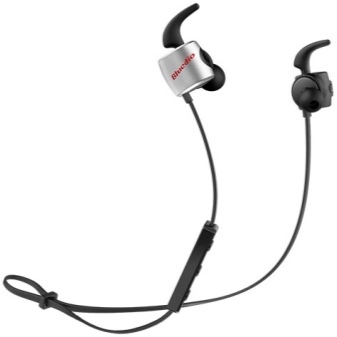
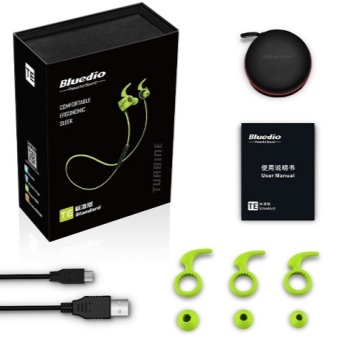
Sony MDR- XB80BS
This model features exceptional sound and increased comfort during training. The headphone housing is made in the form of hooks. Athletes note the good build quality, rich bundle, the presence of replaceable ear pads, a neck cable of the case, and neodymium magnets. The frequency range in the corridor is 3-24 thousand Hz, protection from water and a volume control are provided. On a single charge it works up to 7 hours in intensive mode.
The cost of such equipment is high, the price tag starts from 8 thousand rubles. However, there are some disadvantages. In particular, users notice that the lace of the neck support is too stiff, and some discomfort is created when one or two headphones are removed.
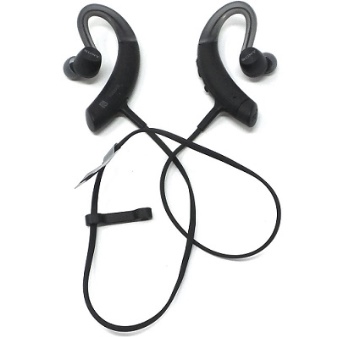
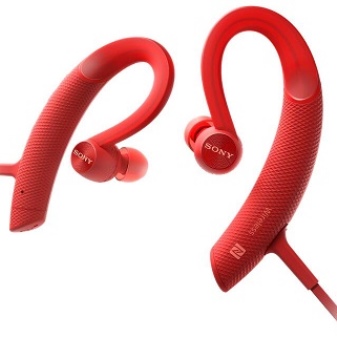
How to choose?
In order not to get lost in this variety of headphones on sale, first of all, you need to answer the question about the conditions in which you are going to listen to music. Some options are optimal for the gym, others for extreme sports, and still others for cycling or running.
So, Headphones designed for the gym or running should be as strong and soundproof as possible, as there will be other athletes in the gym. Such products should have the most anatomical fit on the head so as not to interfere with the correct performance of the exercises. The optimal solution will be the option of voice control of audio tracks - this option in the most modern models allows you to concentrate as much as possible on your workout.Both overhead and in-ear versions are suitable for sports.
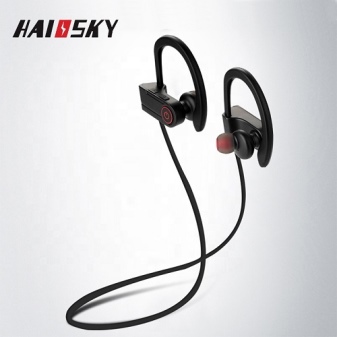
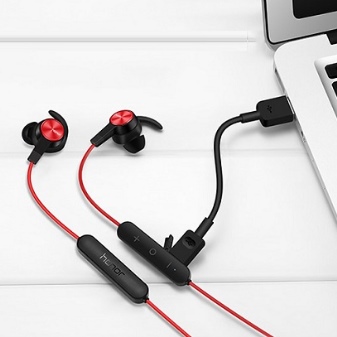
Cyclists and runners need comfortable headphones. It is very important that they are not completely soundproofed from the external environment, since cyclists and athletes often cross the road or even move along the highway. As a rule, in-ear headphones will be the best solution in such conditions.
For extreme sports enthusiasts, snowboarders and skiers, climbers and surfers, it is important to choose compact equipment that will be very durable and at the same time firmly fixed in the ears.
If necessary, a higher level of moisture resistance is required. Such devices should work well with a sports helmet, as well as goggles, masks and other items of equipment.
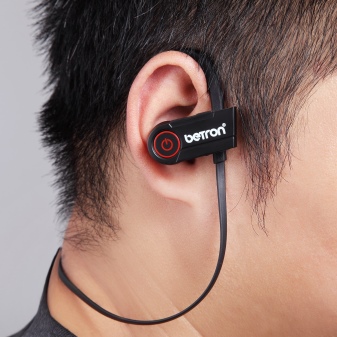
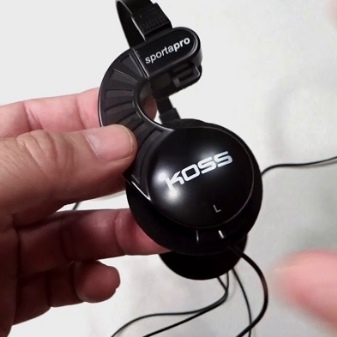
In the next video, you will find the TOP 5 inexpensive Bluetooth headphones for sports under $ 55.













The comment was sent successfully.